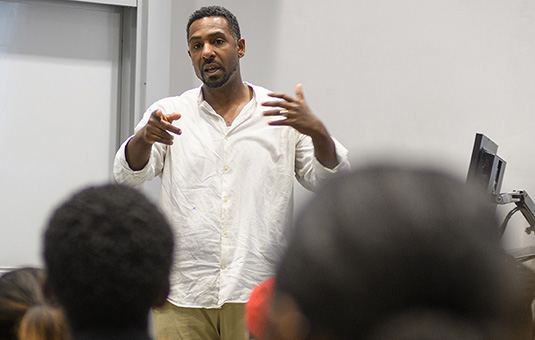
History
States, military masculinities, and combat in the age of world wars
Document Type
Book Chapter
Abstract
In the age of the two world wars, traditional concepts of exclusive and heroic masculinity gave way to inclusive, protean masculinities. Their fabric as tutorials for coping with the emotional, moral, and physical challenges of total war allowed for the integration of soldiers with different personalities and different social backgrounds into the cohesive face-to-face combat group that proved crucial for the fighting morale of modern armies. While men within these homosocial groups could perform a broad range of seemingly contradictory emotions and practices, coded from “masculine” to “feminine, " these groups relied on the exclusion of women. This chapter tracks representations and experiences of military masculinities in the first half of the twentieth century and compares the developments in Europe and the United States.
Publication Title
The Oxford Handbook of Gender, War, and the Western World since 1600
Publication Date
11-10-2020
First Page
498
Last Page
518
ISBN
9780199948710
DOI
10.1093/oxfordhb/9780199948710.013.23
Keywords
combat, comradeship, Europe, gender, military masculinities, race, sexuality, United states, World War I, World War II
Repository Citation
Kühne, Thomas, "States, military masculinities, and combat in the age of world wars" (2020). History. 62.
https://commons.clarku.edu/historyfac/62


